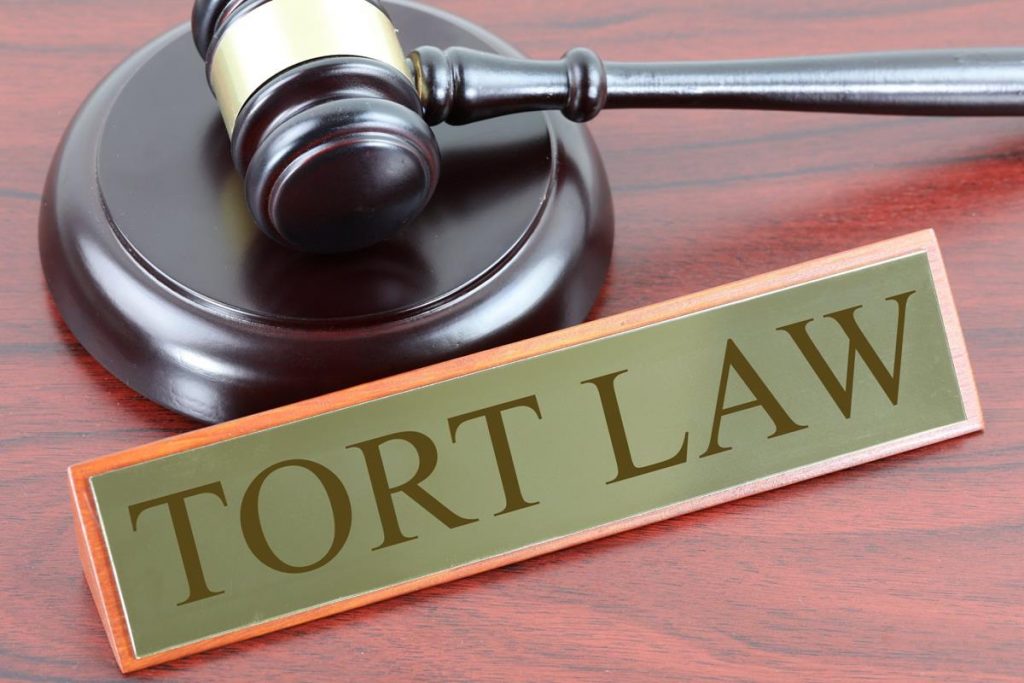Tort Law in Kenya: Promotion of Businesses
A tort implies a wrong that is recognized by law. The Kenyan law of torts classifies torts into two groups. There are torts that arise from a breach of contract and those that arise from civil wrongs. Like it is the case in a breach of contract, breaching a legal duty can only be remedied by civil action (Srivastava & Tiwari, 2020). These remedies help different parties to recover from damages perpetrated against them.
The Kenyan pattern of tort holds that the claimant will be successful in a tort if they can prove that the defendant has infringed legal rights and that the damage suffered was as a result of the infringed legal right. This pattern is further presented as follows: act or omission + causation + fault + protected interest + damage = liability. This model means that businesses can sue others for compensation when another business or entity infringes on their legal right (Luntz et al., 2017). This model also applies to legal contracts signed between individuals, businesses, or any other agreement.
Businesses rely on contracts; some signed between themselves and others between individuals. These contracts govern business interests to ensure that agreements are adhered to and that they lead to benefits as they are intended to. As an example, some businesses make use of hire purchase agreements. These are contracts between a business entity and a buyer. The conditions of this agreement are that the buyer will take hold of the product being sold and pay for it in installments. Only after completing payment can the buyer be issued with a receipt of ownership. There is the risk that either party could breach the contract leading to damages to the other party (Luntz et al., 2017). This is where the law of torts applies.
In Kenya, businesses that operate with Hire Purchase Agreement are protected from possible theft by buyers or failure to pay the installments are instructed. The law stipulates that failure to meet the financial obligation will result in the seller repossessing the product being sold. As for the buyer, the law of torts also protects their interests. If after completing payment they are not issued with the receipt of ownership, the law stipulates that the buyer can sue for damages (Kenya Law, 2013). Damage, in this case, would be the money spent in buying the product without receiving ownership documents. Evidently, the law of torts protects both parties involved. It helps businesses attain profits from selling products on such an agreement. It also protects the buyer by holding businesses liable when ownership is not passed to the buyer after payment completion.
Another important aspect of the tort law in Kenya is that it regulates wrongs to persons or to property. Cases of negligence leading to harm to individuals or property are regulated by the torts law. For instance, the Kenyan tort law considers wrongs to persons to include assault, battery, or false imprisonment. It also considers the wrong that affects reputation such as slander and libel. As well, wrongs affecting estate are considered such as malicious, conspiracy, or deceit (Kenya Law, 2013). Given that most situations involve businesses being on the receiving end, the tort law helps businesses not to be wronged by persons in these ways. If an individual were to assault a worker or slander the reputation of a business, they will be held liable under the torts law.
There are also wrongs to property. They include trespassing wrongs or damage caused by machinery on workers or third parties. These wrongs are subjected to the tort model earlier explained. Using the model, it is determined whether there is a liability and where liability lies. This helps in determining how and who is to pay for damages sustained.







